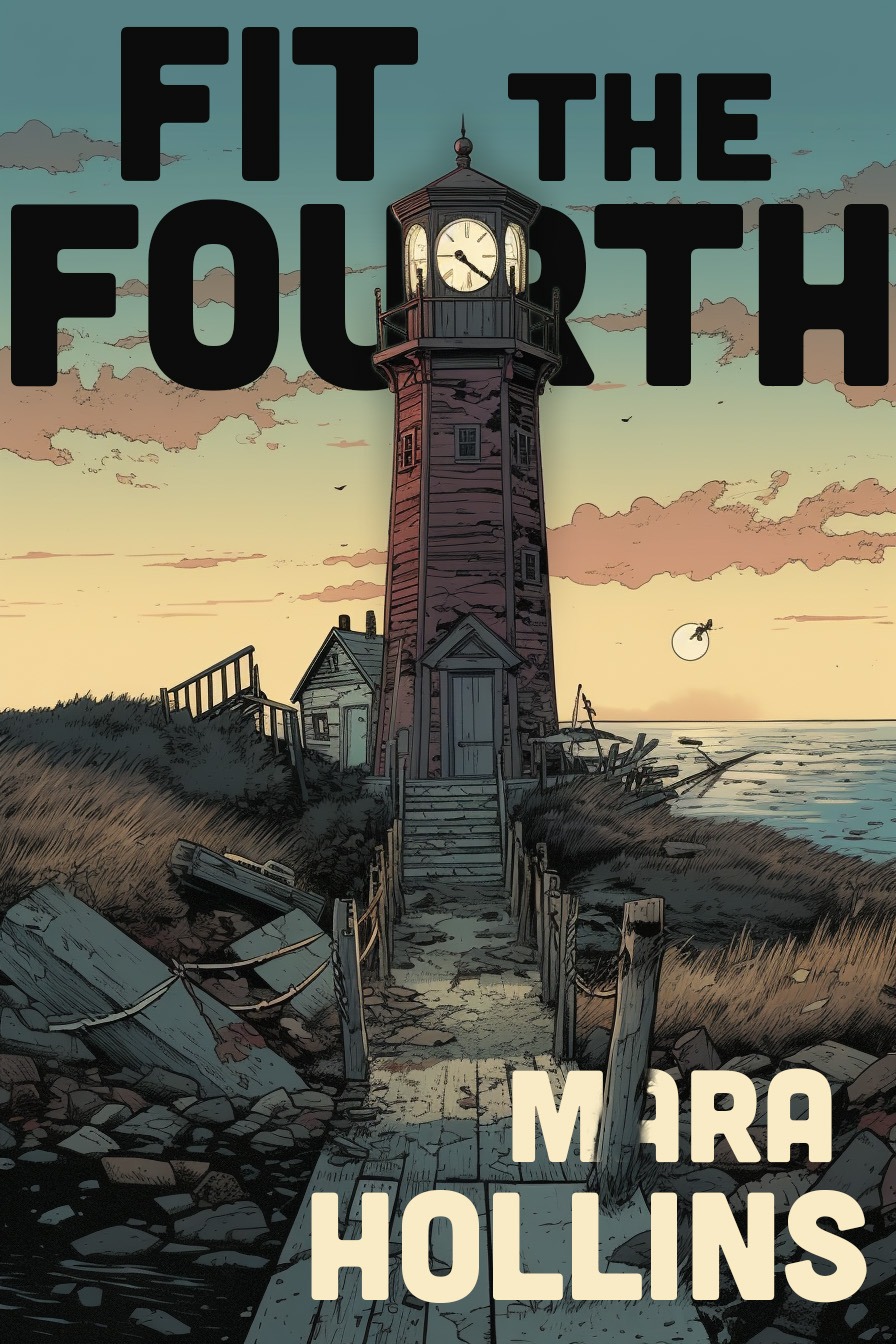Eerie, precise, and salty as a cut on a winter walk. The folkloric structure of the four fits pays off, especially in the way the book toys with voice and witness—Bram Teague stole scenes without ever turning into a caricature. The ending is more of a toll than a bang, which I liked, though I can see why some readers wanted a brighter flare.
Back in the salt-stung village of Holmswick, folklore professor Anya Pell plans only to clear her late mentor’s cottage. Instead she unlocks a trunk and finds a thin blue chapbook titled Fit the Fourth. Its handwriting seems to shift, its margins are mapped to the marsh—and whenever Anya reads, the rooms feel crooked and the tide runs strange.
Rumors curdle: children slip from their beds, lights wander the flats, and the lighthouse clock can’t keep the hour. With her neighbor, retired coastguard Bram Teague, Anya follows the poem’s trail across rotting boardwalks and weathered bell towers, uncovering a pattern stitched into village memory—and a performance Holmswick may have been rehearsing for generations.
As water rises and the verses tighten their grip, Anya must choose how far she’ll let the poem speak through her before it claims more than time. Fit the Fourth is coastal folk horror about ritual, language, and the peril of giving your voice to a story that wants to be spoken.

